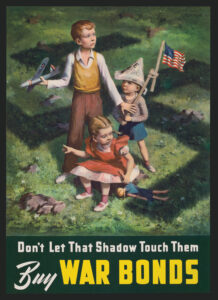Understanding and Teaching the Vietnam War
edited by John Day Tully, Matthew Masur and Brad Austin, University of Wisconsin Press, 2014
For today’s college and high school students, the Vietnam War may as well be the Peloponnesian War, since it took place ages before they were born. What’s also true is that increasing numbers of high school history teachers and younger college professors have no memory of the war.
That fact alone points to the need for a book that offers solid information for those who teach the history of America’s most controversial overseas war. Understanding and Teaching the Vietnam War fills that need: 18 essays by experienced Vietnam War history and English professors that provide practical advice.
The book, its editors note, “offers a road map for navigating” some seemingly trivial issues, such as the date the war started (arguments can be made for 1946, 1959, 1954, 1964 and 1965); correct names for the war itself (the Vietnam War, the American War in Vietnam, the Second Indochina War); and correct names of opposing forces (the Viet Cong, the National Liberation Front or The People’s Liberation Army, the North Vietnamese Army or the People’s Army of Vietnam).
There is also guidance on the bigger questions, such as why the United States took over the French fight against the Vietnamese Communists and why the other side came out on top.
Following a cogent introduction by editors John D. Tully, Matthew Masur and Brad Austin—history professors at Central Connecticut State University, St. Anselm College and Salem State University, respectively—are insightful essays by two of the Vietnam War’s most accomplished scholars: Marilyn Young of New York University and George Herring of the University of Kentucky. Young and Herring discuss how their teaching of the war has evolved since they began in the 1970s.
Then come seven essays that provide concrete approaches to teaching the war. Massachusetts high school history teacher Kevin O’Reilly explains how to apply the decision-making approach: Students are asked to put themselves in the place of American decision-makers as they were considering important milestones in the war. One such milestone would be the Johnson administration’s decision in the summer of 1965 to greatly escalate the war.
The book also explains how to incorporate new and nontraditional elements into Vietnam War courses: the music of the era; newly released primary sources such as the White House tapes from the Eisenhower, Kennedy, Johnson and Nixon administrations; Hollywood movies; Vietnam War novels and memoirs; online material and oral histories.
Nine essays take in-depth looks at different aspects of the war. Masur, for example, offers his analysis of the often debated question of whether Ho Chi Minh was at heart a nationalist or a Communist.
“A full understanding” of the war, Masur writes, “requires teachers and students to understand how nationalism and communism became linked in Vietnam and how the United States reacted to this phenomenon.” Teachers, he says, “can use the rise of Ho Chi Minh and America’s response to this popularity to show that nationalism and communism, decolonization and the Cold War, were all part of the Vietnam War.”
Other essays examine the French role in Indochina, the antiwar movement, the Vietnamese on both sides, the Hmong in Laos, Vietnamese-Americans, the Tet Offensive and the lessons of the war.
These are essays by college professors; the writing is not exactly scintillating. However, the material will prove invaluable for anyone teaching the Vietnam War and those interested in how the war is being taught in high schools and colleges in 2014.
Originally published in the June 2014 issue of Vietnam. To subscribe, click here.




